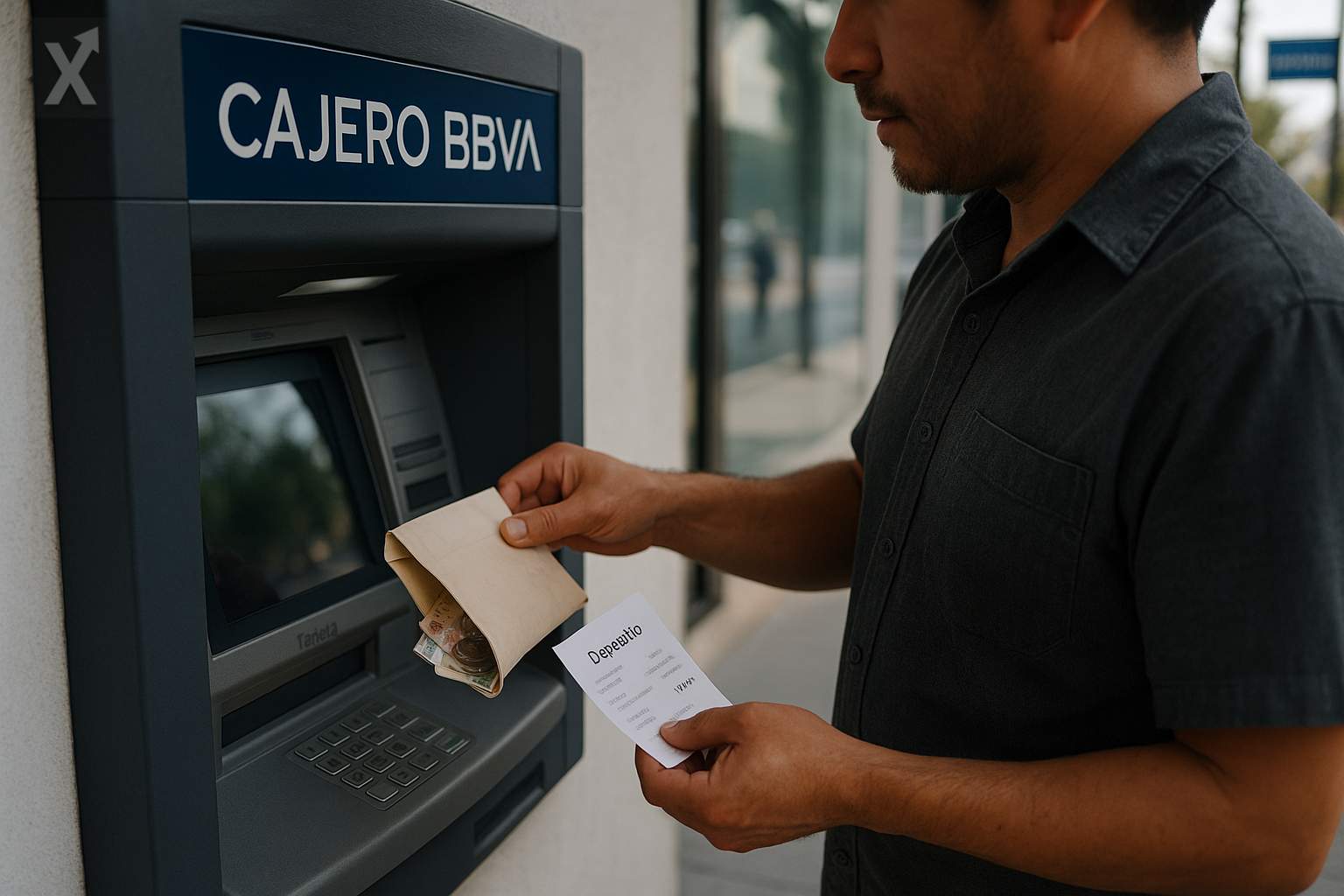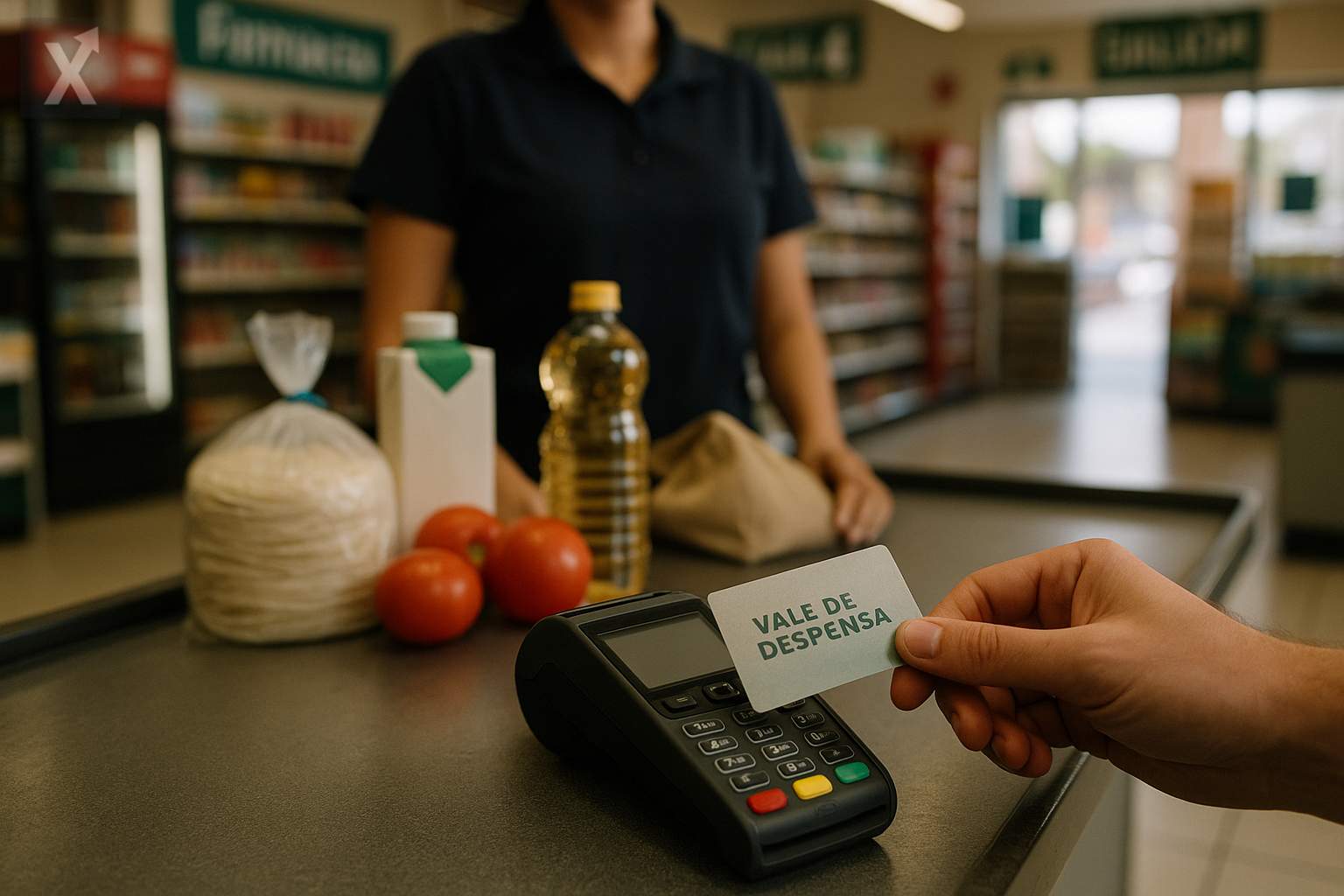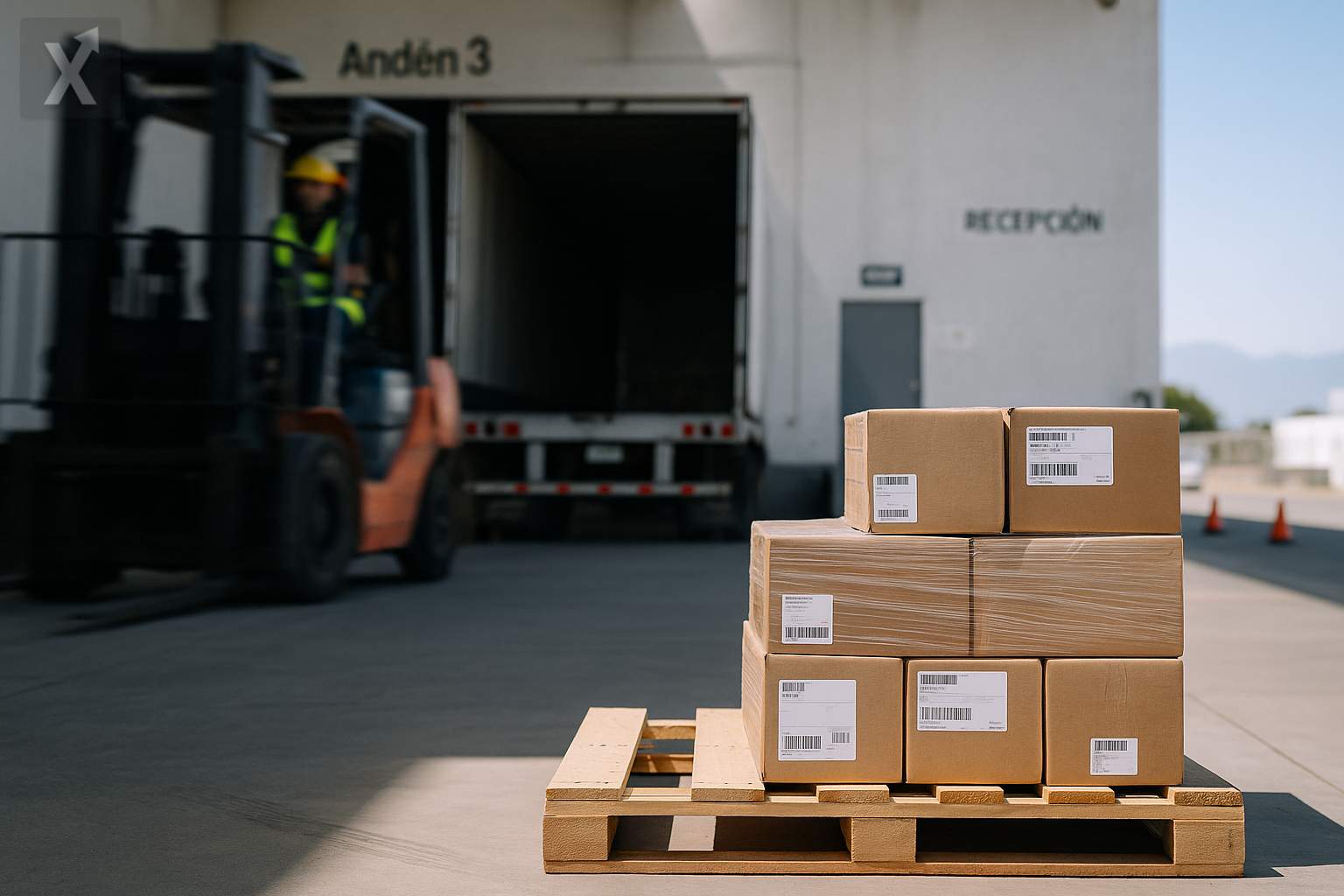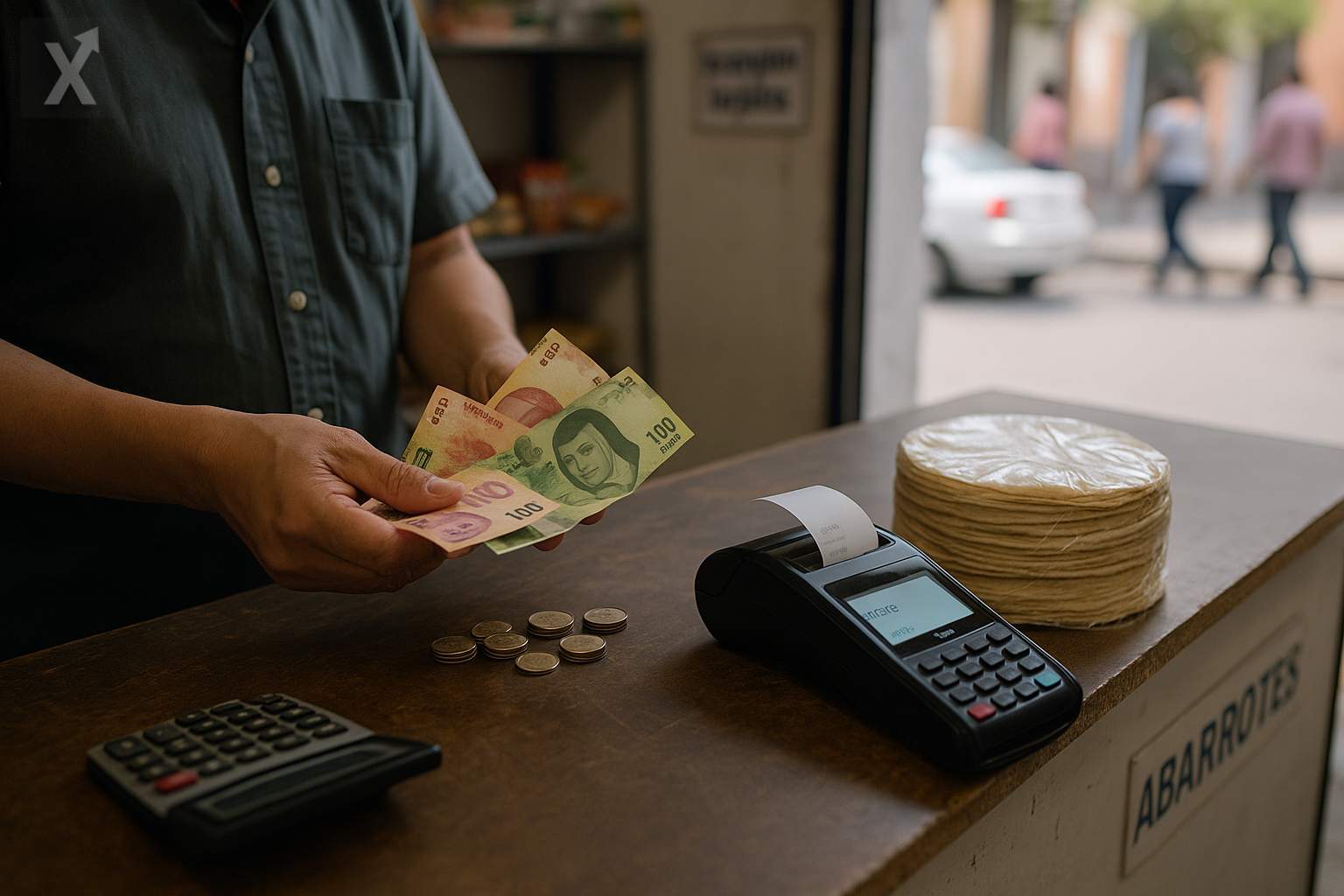BBVA’s Takeover Bid for Sabadell Moves into Decisive Phase; Mexico Evaluates Possible Effects on Credit and Competition

BBVA’s public takeover bid for Banco Sabadell will launch on September 8 and remain open for a month, following approval from Spain’s stock market regulator. The outcome of this deal—one of the most significant for the recent European financial system—will be closely watched in Mexico, where BBVA leads the banking market in assets, loans, and deposits, and contributes a significant share of the group’s global profits.
BBVA has emphasized to Sabadell shareholders that the integration would generate value and greater efficiencies, with expectations of earnings per share higher than what could be achieved independently. Even so, the outcome is not guaranteed: the offer has cleared key authorizations but faces political and social resistance in Spain. The Spanish government has imposed conditions to preserve, for at least three years and potentially up to five, the separate legal status and autonomous management of both entities, in order to prevent a decline in competition, mass branch closures, and job cuts.
The European Commission, for its part, has voiced concerns about the extent of the Spanish government’s authority to intervene in banking mergers, arguing it could infringe on the European Central Bank’s powers and restrict the freedom of establishment. This regulatory backdrop adds uncertainty to the timing and final terms of the deal.
In Mexico, the direct short-term effects appear to be limited. On one hand, BBVA Mexico is the group’s crown jewel in Latin America and one of its main drivers of profitability, so analysts expect operational and business continuity. On the other hand, the conditions imposed in Spain—maintaining separate entities—reduce the likelihood of immediate changes in the local strategy. Executives and analysts have noted that, even with a complex corporate process unfolding in Europe, banking in Mexico maintains strong capital and liquidity positions to support lending to households and businesses.
The Mexican banking system remains highly concentrated among a handful of large players, with BBVA and Santander among the leaders, and their solvency metrics exceed the Basel regulatory minimums. Corporate loan demand tied to nearshoring, industrial projects, and logistics has driven lending activity in recent quarters, while consumer lending remains dynamic, although there’s been a slight uptick in delinquency in unsecured lines—typical in periods when financing becomes more expensive.
Monetary policy also plays a role. After a prolonged period of high interest rates, banks’ financial margins have remained robust, although a normalization cycle down the road would tend to moderate growth in interest income. In this context, investment in digitalization—an area where BBVA Mexico has gained scale and efficiency—and competition to attract low-cost deposits will remain key differentiators.
On Sabadell’s side, its defensive strategy against the takeover bid has included divestments and increased returns to shareholders, through asset sales and enhanced compensation. The fragmented nature of its shareholder base adds volatility to projections about the acceptance rate, making the coming weeks especially relevant.
For Mexico, key factors to monitor include: the takeover acceptance rate and any potential group capital adjustments; the rating agencies’ assessment of capital quality and operational risk; and possible impacts on intra-group dividends. Even in scenarios involving integration in Europe, BBVA’s local business in Mexico is unlikely to lose priority, given its weight in overall results and its role in financing consumer, housing, and supply chains linked to regional manufacturing realignment.
In summary, BBVA’s takeover bid for Sabadell is moving into its critical phase amid a demanding regulatory environment and an open outcome. For Mexico, the immediate effect is likely to be limited and mostly indirect; the focus will remain on the strength of the system, interest rate trends, and the dynamism of lending tied to nearshoring. How the process unfolds in Spain and the final deal terms will be decisive in assessing any second-order effects on the Mexican market.
Final note: The process combines high regulatory complexity with strategic significance. Key things to watch: the deal’s final terms, the group’s capital stability, and the continuity of credit in Mexico as rates eventually move toward normalization.






